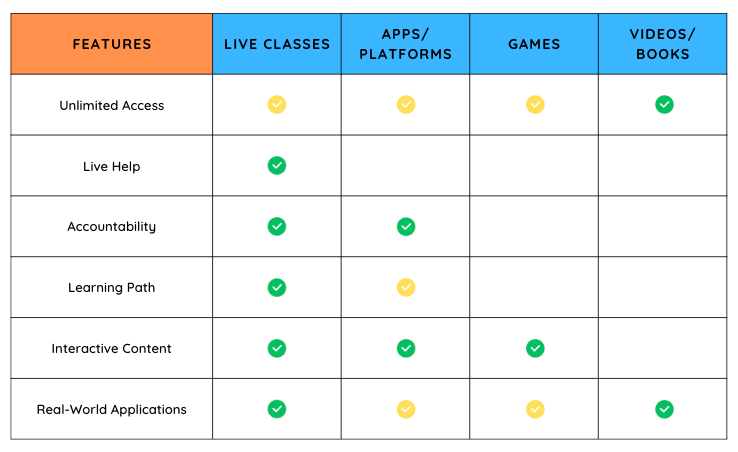Immersive Learning: Hands-On Coding Experience for Mastery

Dive into Mastery: The Significance of Hands-On Coding Experience
Embarking on a journey to coding mastery involves more than just theory and syntax. Hands-on coding experience emerges as a pivotal component in the learning process, providing a practical foundation for individuals to excel in the dynamic world of programming.
Bridging the Gap: From Theory to Practical Application
Hands-on coding experience serves as a bridge between theoretical knowledge and practical application. While learning syntax and algorithms is crucial, applying this knowledge in real coding scenarios is where true mastery begins. The transition from theory to practice is seamlessly facilitated through hands-on coding, allowing individuals to see the immediate impact of their learning.
Coding Challenges: Sharpening Skills through Practice
Engaging in coding challenges is a key element of hands-on coding experience. Platforms like LeetCode, HackerRank, and CodeSignal offer a plethora of challenges that range in difficulty. Tackling these challenges not only sharpens coding skills but also introduces individuals to diverse problem-solving scenarios, fostering adaptability and resilience in the face of complex coding problems.
Building Projects: Crafting Real-World Solutions
Hands-on coding experience extends beyond challenges to building actual projects. Whether it’s developing a personal website, creating a mobile app, or contributing to an open-source project, building real-world solutions enhances coding proficiency. Projects provide the opportunity to apply knowledge in a holistic manner, considering factors such as user experience, functionality, and scalability.
Pair Programming: Collaborative Learning in Action
Pair programming, a hands-on coding technique where two programmers work together, fosters collaborative learning. This practice not only accelerates the learning curve but also exposes individuals to diverse coding styles and problem-solving approaches. Through shared knowledge and real-time collaboration, pair programming enhances both coding and communication skills.
Coding Workshops and Bootcamps: Intensive Hands-On Learning
Hands-on coding experience is intensified in coding workshops and bootcamps. These immersive learning environments provide a structured curriculum coupled with practical coding sessions. Participants work on real projects, receive instant feedback, and learn to navigate the challenges of coding in a fast-paced, real-world setting. Coding workshops and bootcamps create an atmosphere of intensity and focus, accelerating the hands-on learning process.
Debugging: Mastering the Art of Troubleshooting
No coding experience is complete without encountering bugs and errors. Hands-on coding immerses individuals in the art of debugging, teaching them to troubleshoot issues efficiently. Debugging not only enhances technical skills but also instills a mindset of patience and perseverance, crucial attributes in the coding journey.
Version Control: Collaborative Coding in Teams
Hands-on coding experience extends to version control systems like Git, which are essential for collaborative coding in teams. Learning to manage code repositories, track changes, and collaborate with other developers through version control platforms prepares individuals for real-world coding scenarios, where teamwork is fundamental.
Continuous Integration and Deployment (CI/CD): Streamlining Development
In hands-on coding, understanding the principles of continuous integration and deployment (CI/CD) becomes crucial. These practices automate the testing and deployment of code, ensuring a seamless and efficient development workflow. Hands-on experience with CI/CD tools prepares individuals for industry-standard practices, enhancing their employability







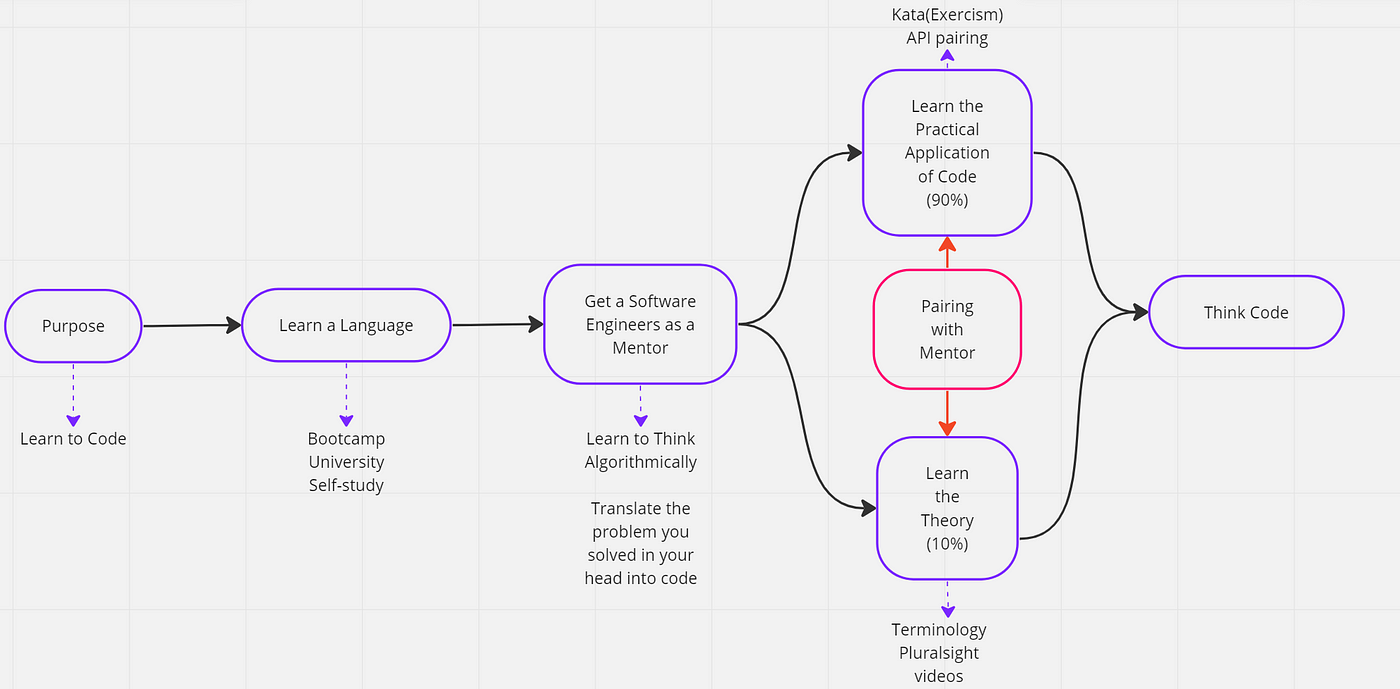

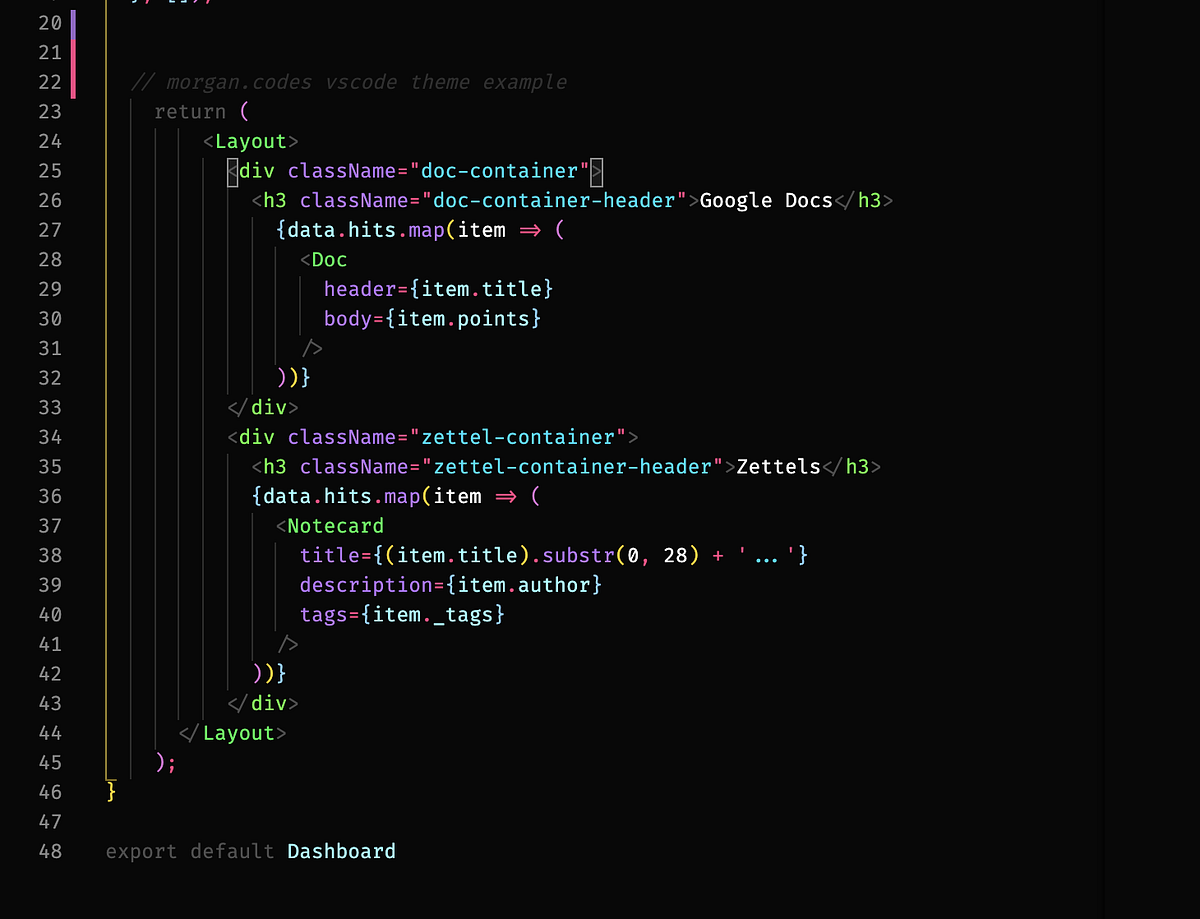


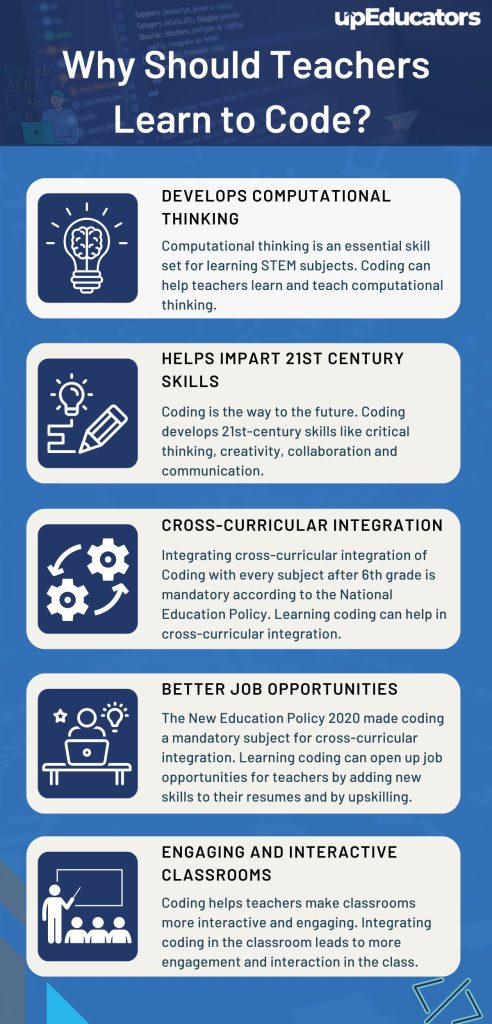






 No one wants to pay more than he or she has to for their insurance. Finding a company that can give you the auto insurance discounts you need at a price you can afford is very important, especially with so many people trying to control their budget. How can one get lower rates on their insurance? You will find that many different factors contribute to the amount that you will be paying for your coverage. Some of them you can control, while others you cannot.
No one wants to pay more than he or she has to for their insurance. Finding a company that can give you the auto insurance discounts you need at a price you can afford is very important, especially with so many people trying to control their budget. How can one get lower rates on their insurance? You will find that many different factors contribute to the amount that you will be paying for your coverage. Some of them you can control, while others you cannot.

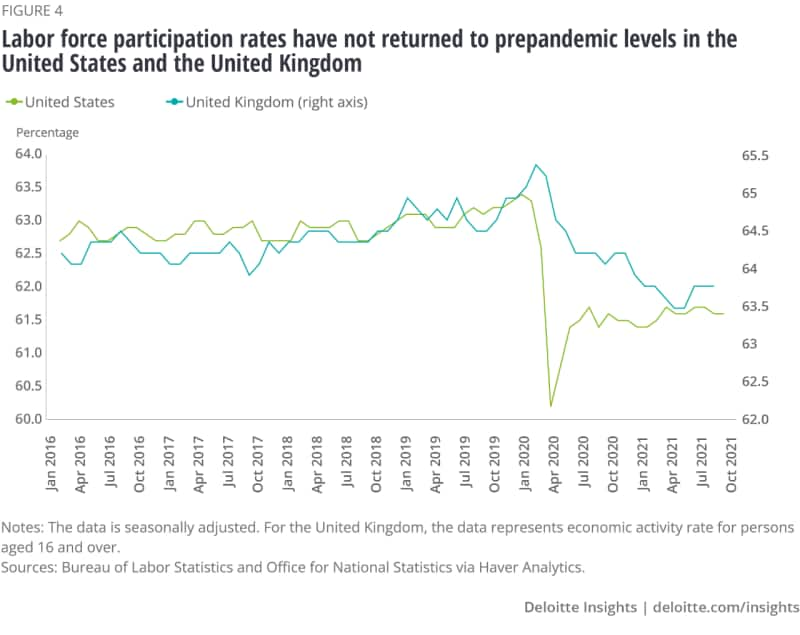

 Download Free emblem Adira Finance Vector – keberadaan dari sebuah Brand Design Vector Format memang tidak akan terlepas dari seorang graphic designer. The most generally used colours in this regard are black and silver, whereas shades of purple and blue are also typically utilized in these logos. We are cherished by begin-ups as they badly need us for his or her brand design and brand design initiatives. If you do not have concepts tips on how to start create a emblem, go to Logaster website and start to create a finance brand now. Disclaimer: All of those Logos which are listed under are of already established companies and designers They’re the copyrighted by the revered third parties. Nama dan logo baru di perkenalkan pertama kali langsung oleh Evy Indahwaty selaku Presiden Direktur PT Radana Bhaskara Finance Tbk kepada para accomplice, yaitu ATPM, fundamental supplier, supplier, perbankan dan mitra kerja. A successful finance emblem is one which appropriately represents the enterprise in a professional and dependable manner.
Download Free emblem Adira Finance Vector – keberadaan dari sebuah Brand Design Vector Format memang tidak akan terlepas dari seorang graphic designer. The most generally used colours in this regard are black and silver, whereas shades of purple and blue are also typically utilized in these logos. We are cherished by begin-ups as they badly need us for his or her brand design and brand design initiatives. If you do not have concepts tips on how to start create a emblem, go to Logaster website and start to create a finance brand now. Disclaimer: All of those Logos which are listed under are of already established companies and designers They’re the copyrighted by the revered third parties. Nama dan logo baru di perkenalkan pertama kali langsung oleh Evy Indahwaty selaku Presiden Direktur PT Radana Bhaskara Finance Tbk kepada para accomplice, yaitu ATPM, fundamental supplier, supplier, perbankan dan mitra kerja. A successful finance emblem is one which appropriately represents the enterprise in a professional and dependable manner.

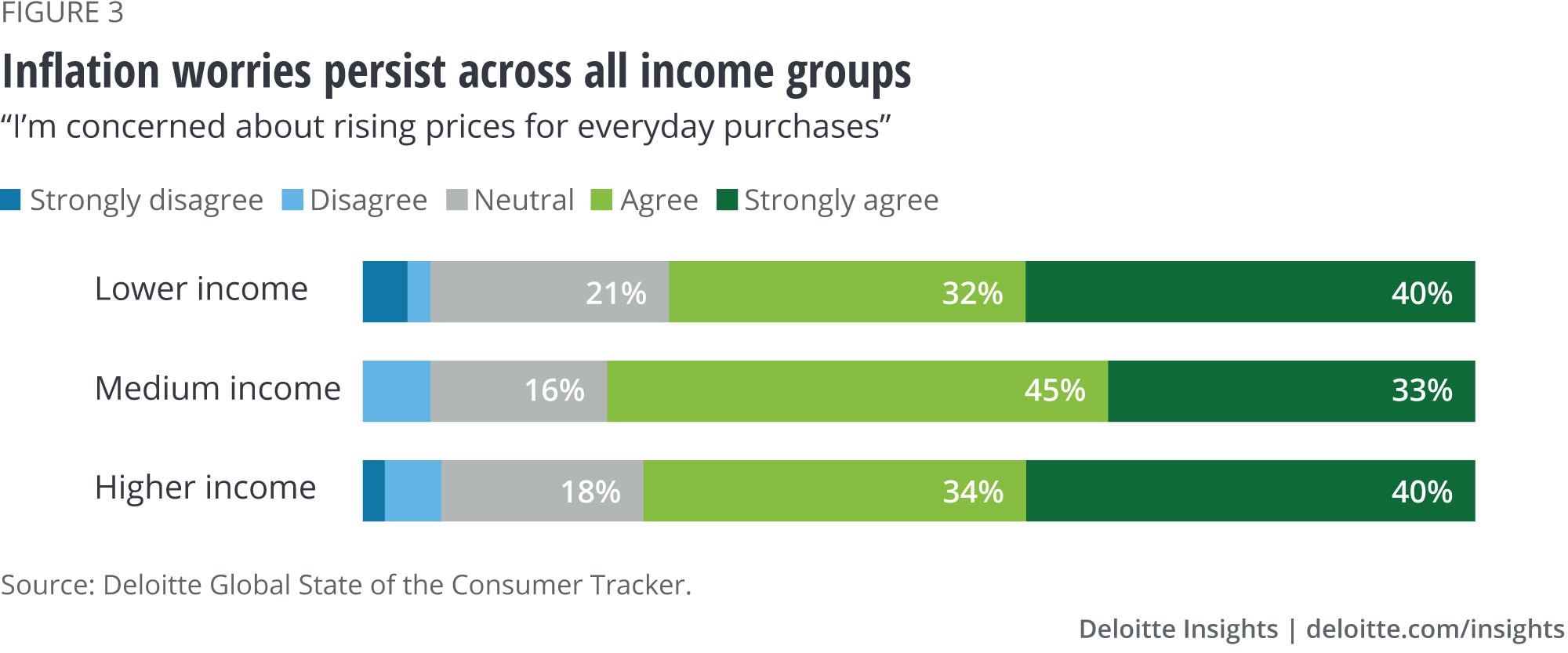
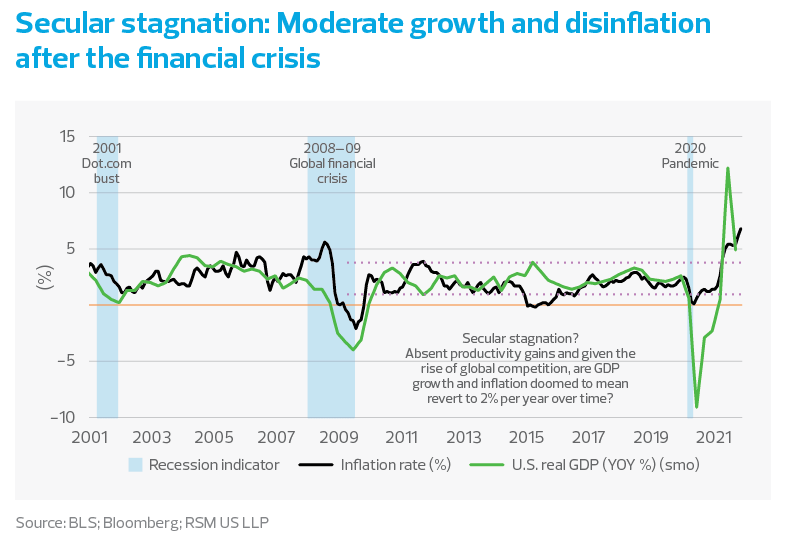

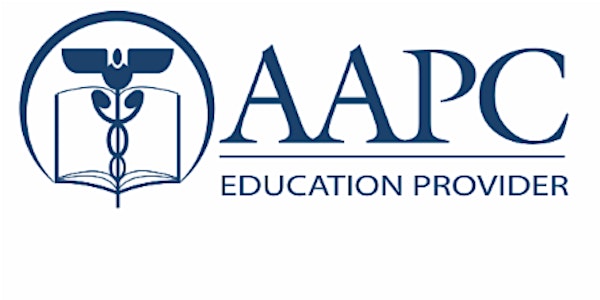


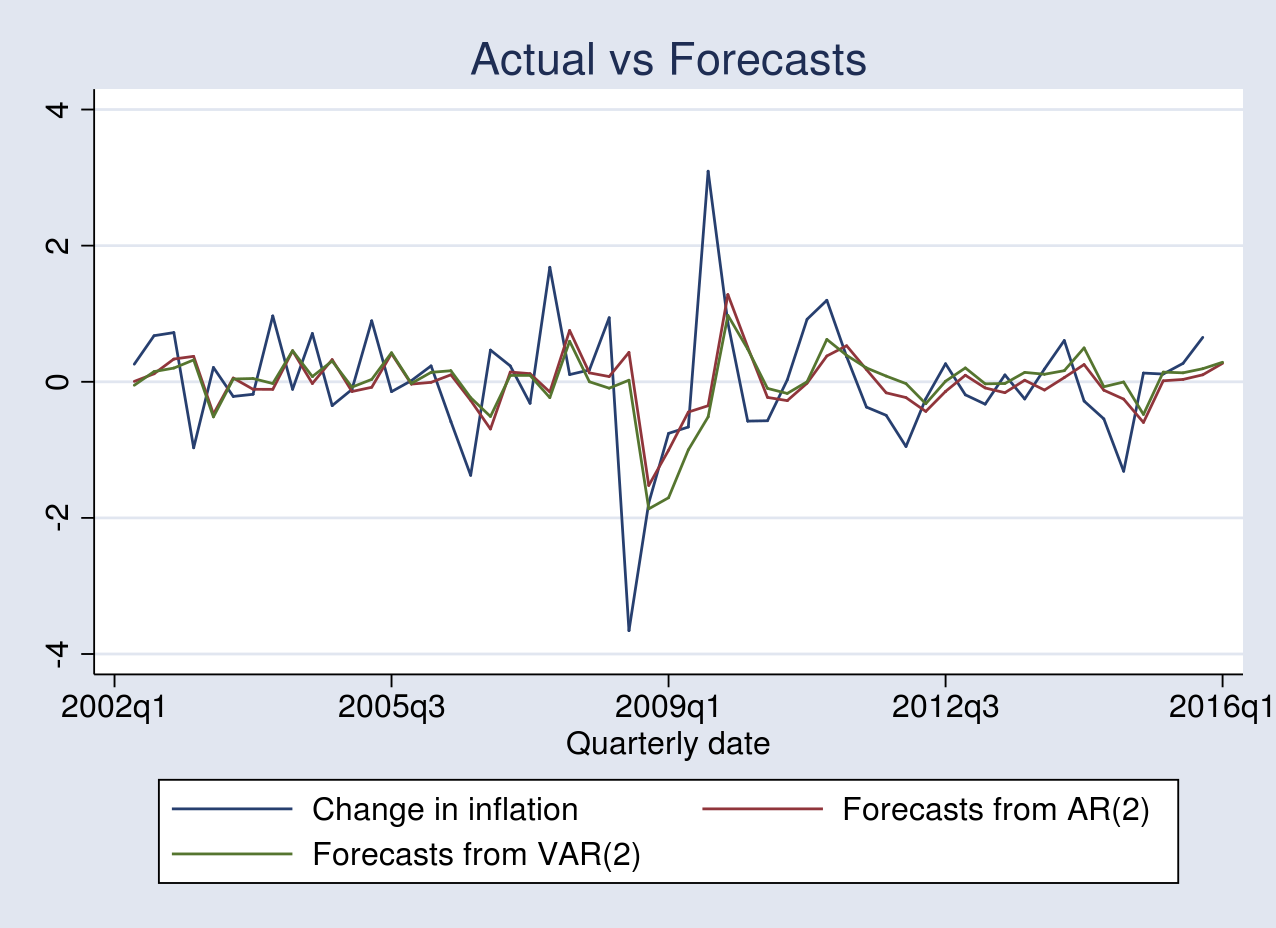


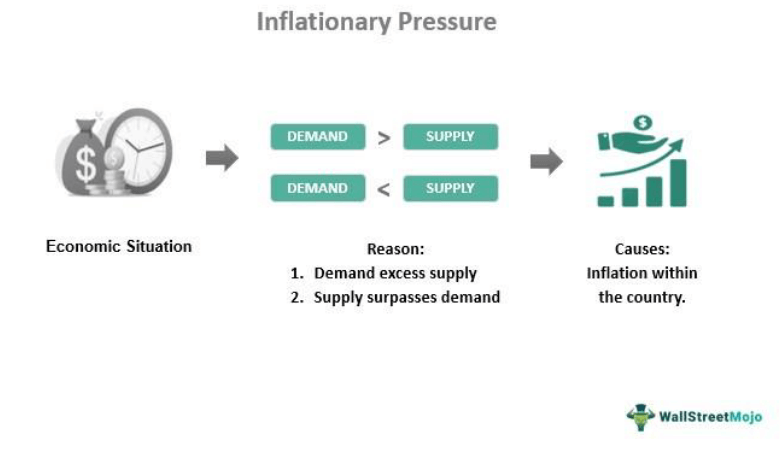

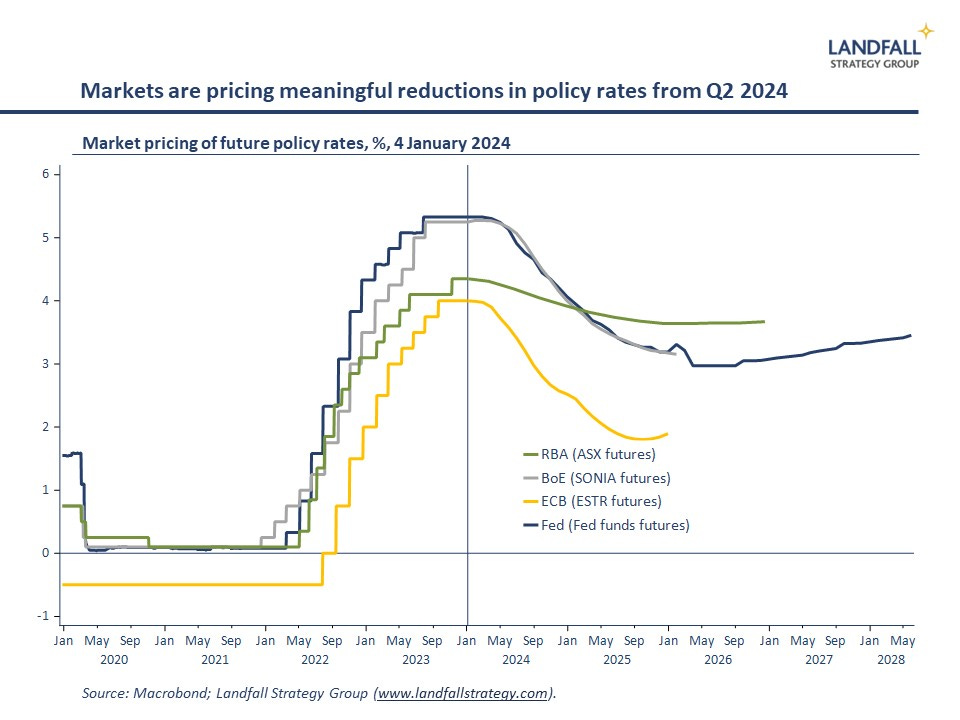

:max_bytes(150000):strip_icc()/inflation_final-8652eb79d80348f49810849af466bb44.png)


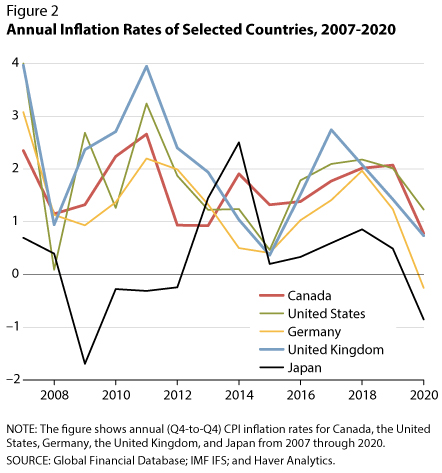


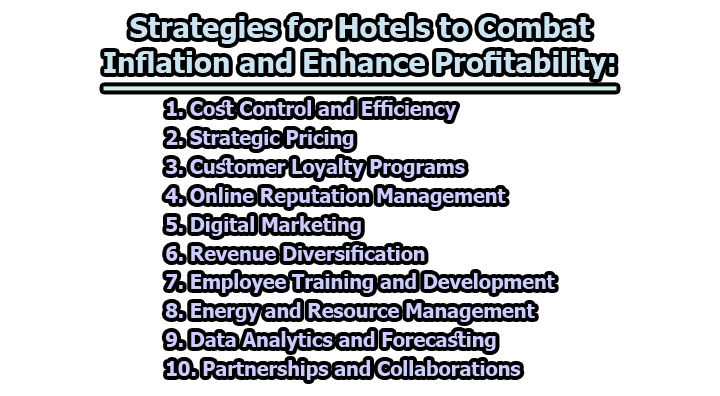



 As with all federal pupil assist, you apply for Direct Loans by filling out the Free Utility for Federal Pupil Assist ( FAFSA ). Please apply for FAFSA online as that is the best solution to full the shape. As soon as you’re snug with fundamental concepts of finance & accounting, you may go ahead with MBA or CFA of ICFAI. I have been in financial providers for 30 years with a BA and am only simply now completing a master’s in finance. I needed to share a portion of my expertise so that you simply my readers will know that I’ve personally skilled what I am writing about within the area of finance. Howdy all people , i just acquired the approval for my k1 visa final week in Beirut Lebanon on the US EMBASSY. The Finance Division publishes the county’s annual budget and monetary statements, tracks the monthly gross sales tax receipts and performs monthly finances analysis. PhD is probably the most effectively-know larger doctorate on the earth, but not the best degree one can earn. I m doing ms finance from icfai, do you will have delta group previous years query papers.
As with all federal pupil assist, you apply for Direct Loans by filling out the Free Utility for Federal Pupil Assist ( FAFSA ). Please apply for FAFSA online as that is the best solution to full the shape. As soon as you’re snug with fundamental concepts of finance & accounting, you may go ahead with MBA or CFA of ICFAI. I have been in financial providers for 30 years with a BA and am only simply now completing a master’s in finance. I needed to share a portion of my expertise so that you simply my readers will know that I’ve personally skilled what I am writing about within the area of finance. Howdy all people , i just acquired the approval for my k1 visa final week in Beirut Lebanon on the US EMBASSY. The Finance Division publishes the county’s annual budget and monetary statements, tracks the monthly gross sales tax receipts and performs monthly finances analysis. PhD is probably the most effectively-know larger doctorate on the earth, but not the best degree one can earn. I m doing ms finance from icfai, do you will have delta group previous years query papers.

